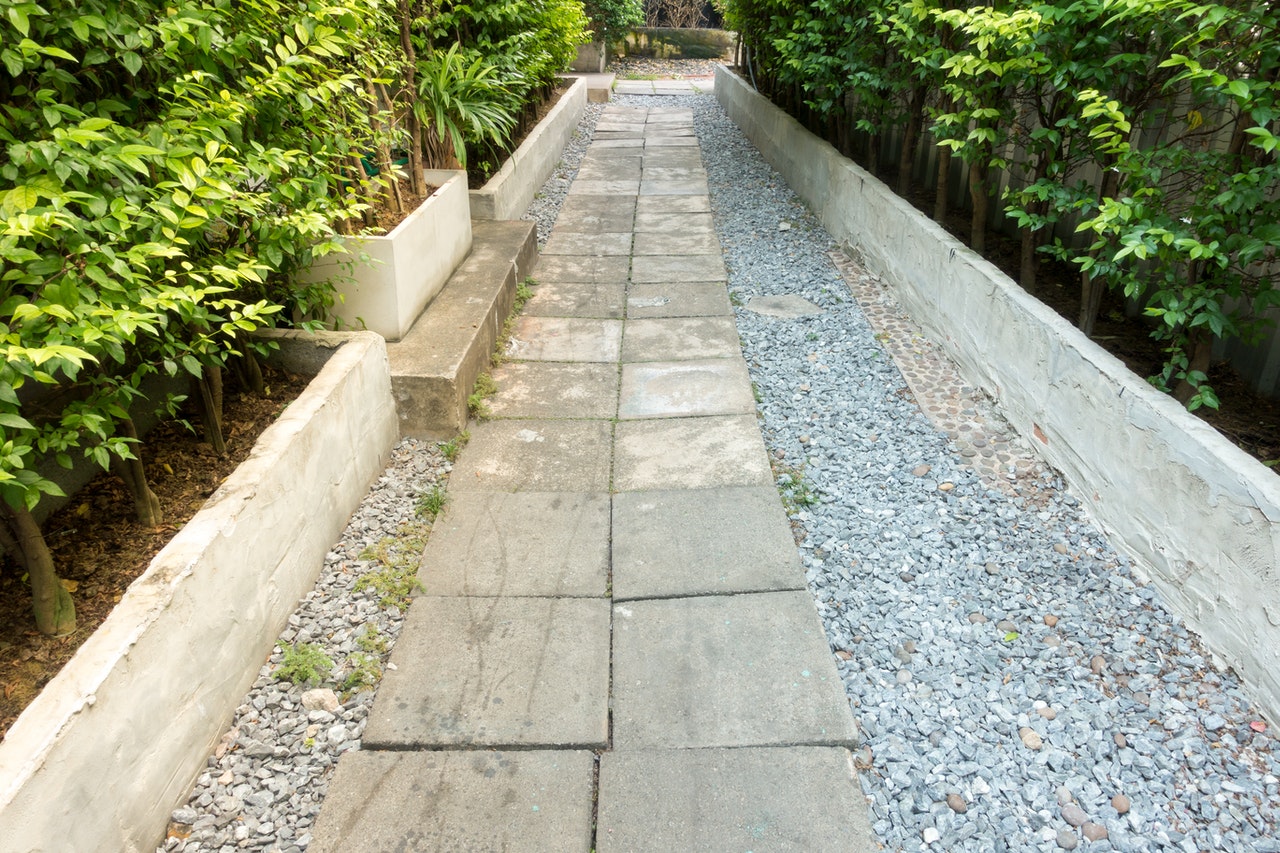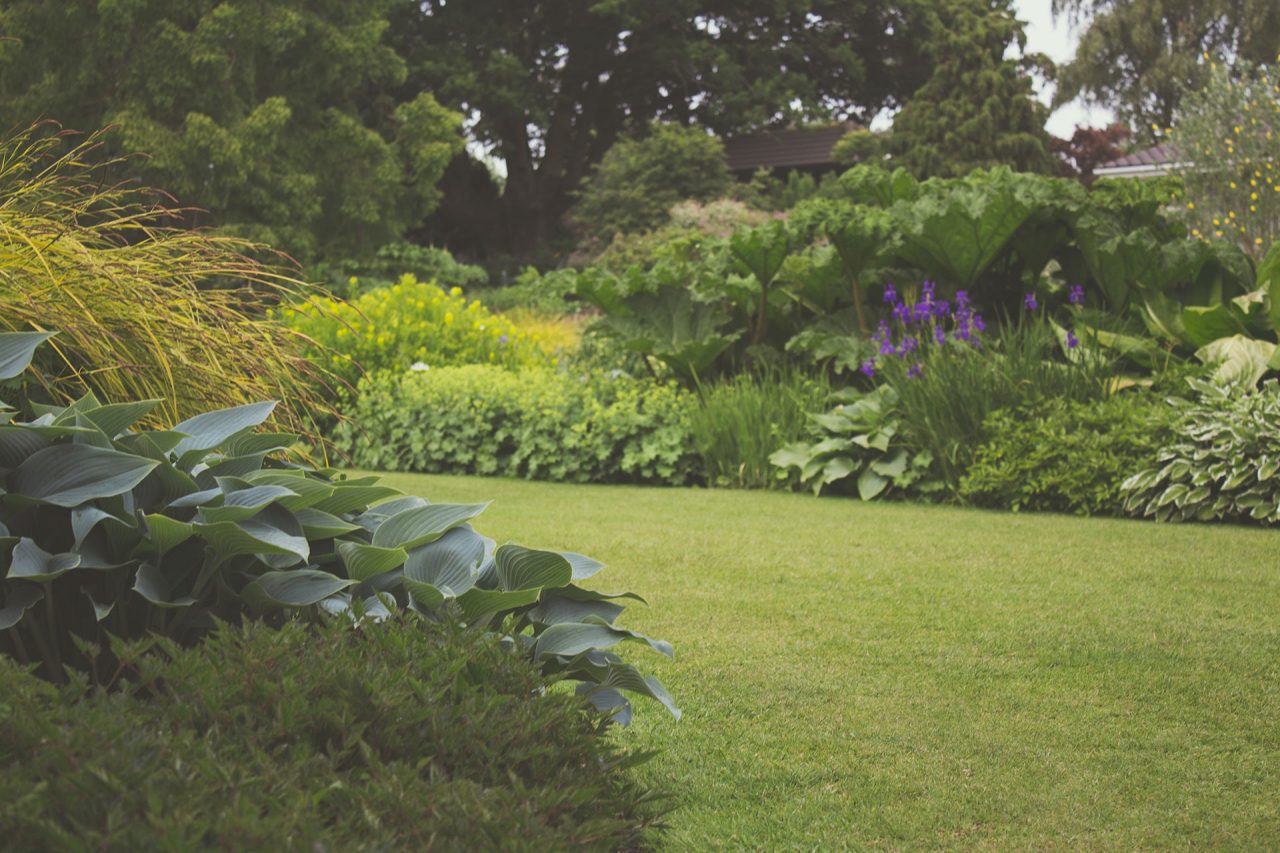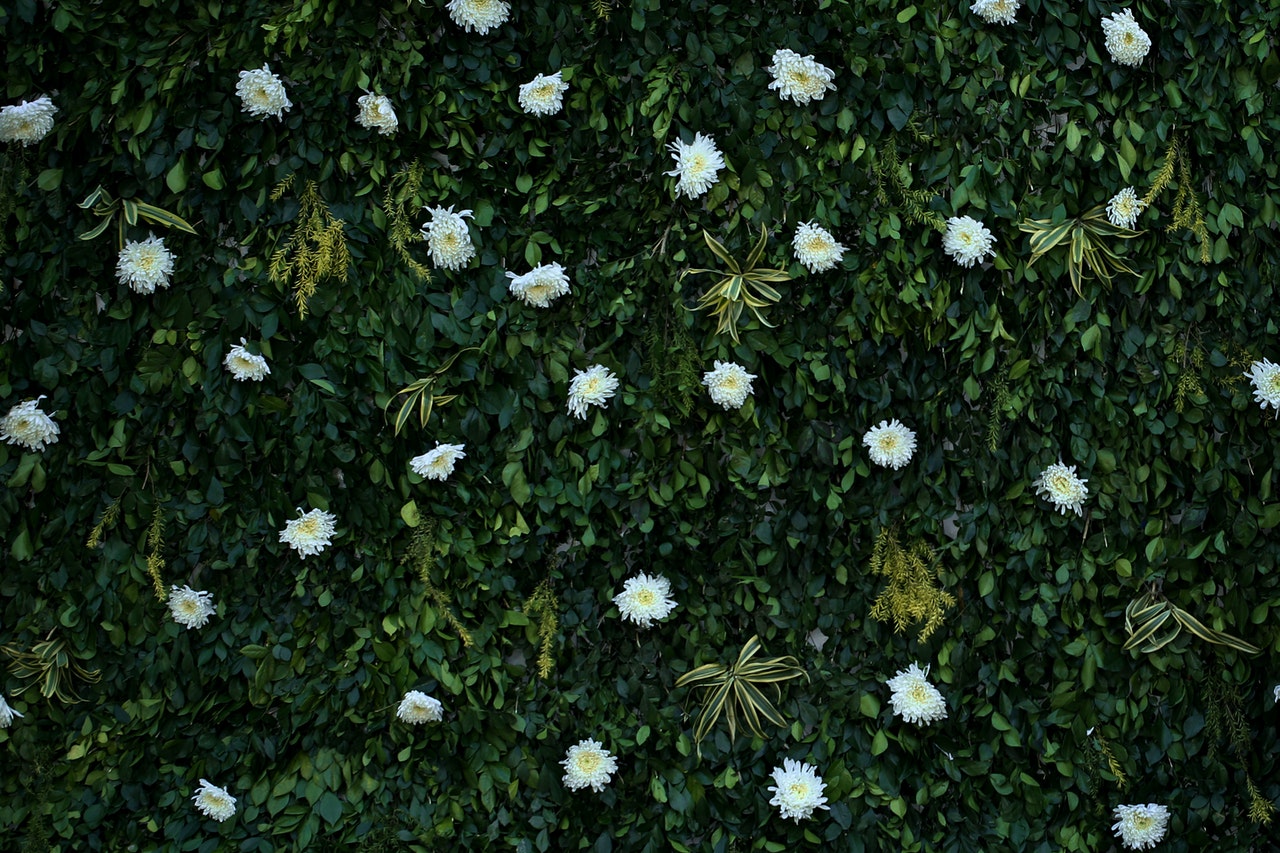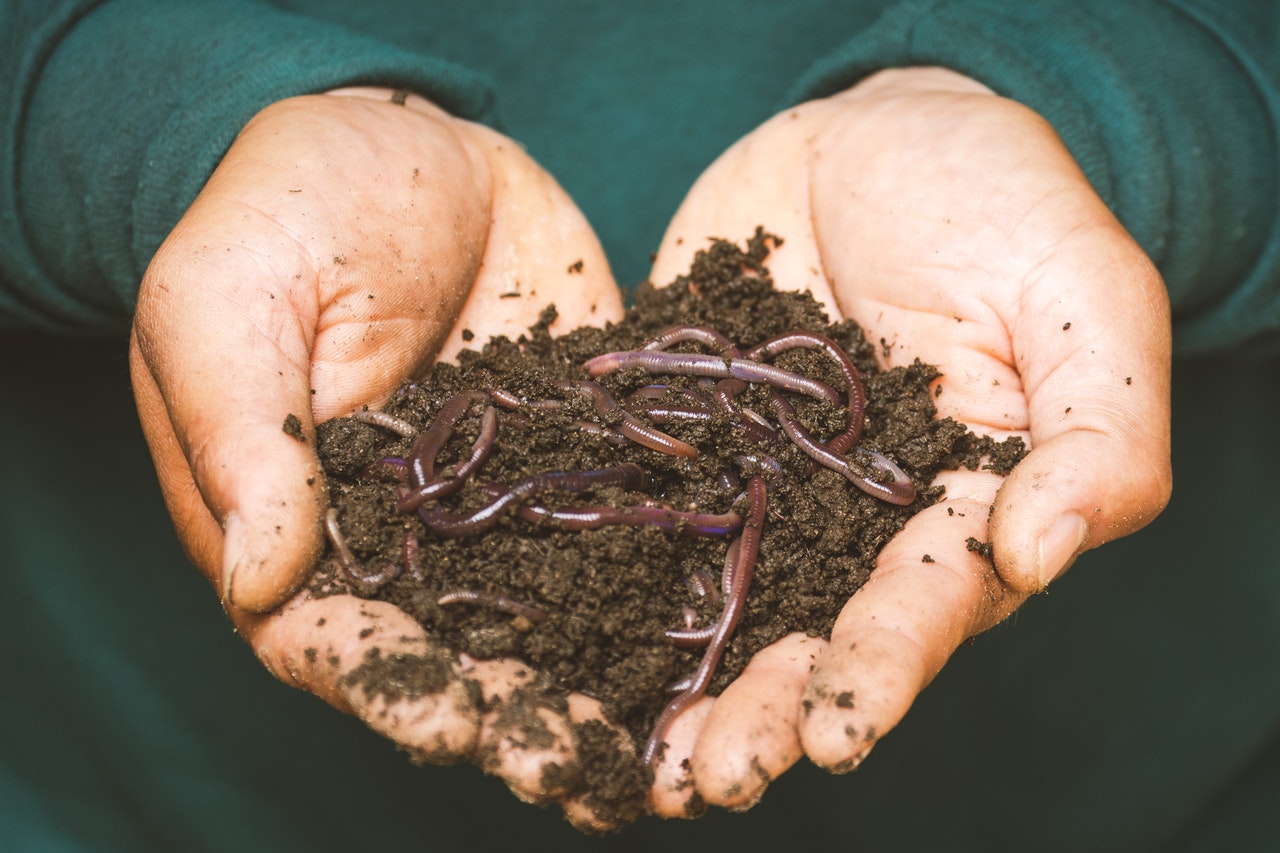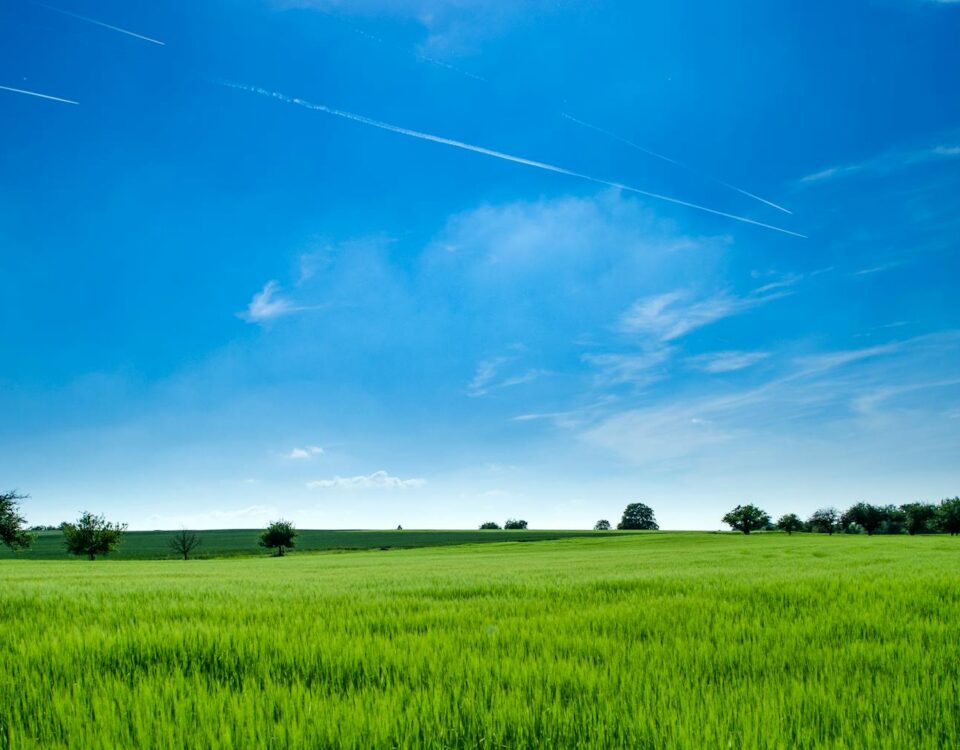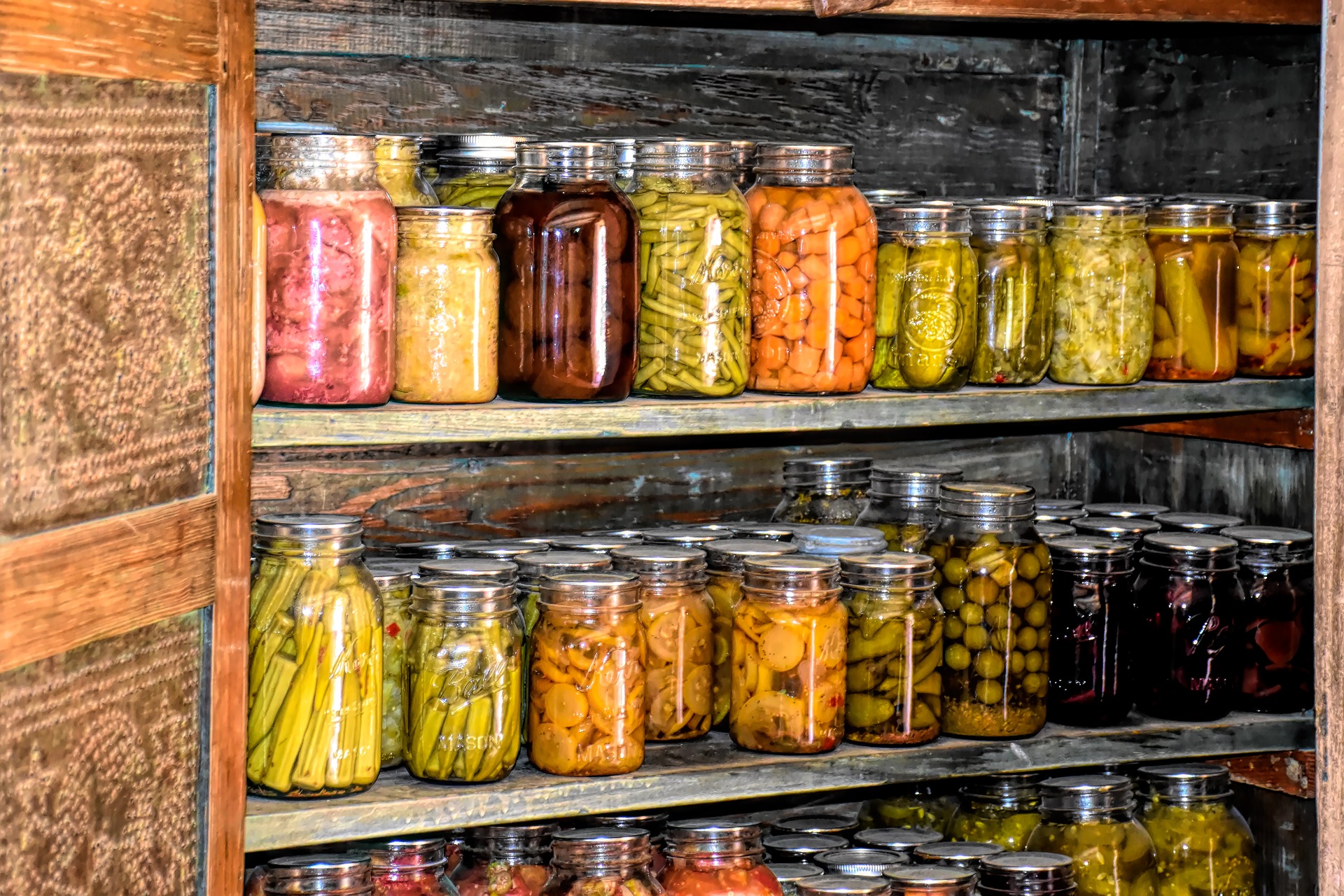
The Well-Stocked Emergency Pantry
July 16, 2021
Make Your Home Your Happy Place
September 16, 2021Save Your Landscaping During Drought
I think I’ve heard more people say that they thought 2020 was easier in some respects compared to this year. All over the world and Sonoma County isn’t an exception, we are getting hit with multiple situations that add stress to our lives. There are many countries that are getting hit harder than California, but I think all of us would agree it’s been a stressful year.
Most of us have been enjoying our yards more because we are spending more time outdoors so as not to be cooped up with four walls, soak in vitamin D, spend safer time with family and friends, and spend some time in nature to destress.
Most of us love our yards, plus we’ve made a substantial investment in time and money in our landscaping, so helping to make our landscaping as drought-proof as possible is important!
How to Drought Proof Your Landscaping
So, what are some easy and inexpensive ways to drought-proof your landscaping? We will start with the easiest and quickest and move on to larger and more expensive projects. I think all of us need to consider drought-proofing our landscaping as a long-term investment in both our homes and our home’s value. Less rain is predicted over time with climate change for Sonoma County so it’s why we wrote a blog on water-saving ideas a few months ago and we are sharing this information with you now. Less rain and warmer weather will probably continue to be our new normal with climate change.
Composition of Dirt is Part of the Challenge
Soil that is found naturally in nature is 50% particles that include sand, clay, and organic matter with equal parts air and water, about 25% each. In a typical yard, the soil is found to be 75% particles, and only 15% air and 15% water because of foot traffic and how gardens are tended. Compacted soil is not able to retain moisture like organic soil in nature. So when we experience a drought there isn’t enough inherent groundwater to keep your landscaping moist and healthy.
One solution to compacted dirt is aerating the compacted soil with a garden fork to open up more space for air and water. You can also add horticultural charcoal or Biochar that helps to add nutrients to your soil while giving your soil the needed air space so the water you do use can do its job!
Another solution to compacted soil is adding mulch or compost to your garden to help reduce water evaporation and increase moisture retention, which nets less water use over time.
Rethink Your Lawn
The thirstiest area in your yard is your lawn. Most types of grass used in lawns need a lot of water to stay healthy and green. To make your landscaping more drought-tolerant, replace some or all of your lawn with a drought-resistant mix of grasses or other plants. Replace your lawn with a creative mix of native groundcovers, native shrubs, and perennials in place of grass. Even though I’m not a lover of rock or gravel for landscaping, used in small amounts and strategically these mediums can make for some great paths and interesting elements in a garden, such as adding a labyrinth.
Think of Going Native
One of the best long-term investments for your landscaping with climate change is to go native, that’s native plants that are already adaptive to our climate and soils. Native plants are a great choice because they are meant for our climate and soil, they take less water to keep them healthy, and you won’t have to work as hard to amend the soil or water your plants as much to have them thrive during climate change because they are already adapted to our ecosystem.
Plants such as Ceanothus, Sea Thrift, Western Red Bud, Seaside Daisy, Red-Flowered Buckwheat, many of the fescue varieties, Christmas Berry, Rose Malva, Mock Orange, Coffeeberry, California Penstemon, California Blue Sage, California Fuchsia, and many more beautiful plants need little or no water other than annual rainwater.
Replant with Drought-Resistant Plants
First choice for plants is usually native varieties because they thrive the best in our ecosystem. But second best is drought-resistant plants. Some non-native plant species tolerate drought conditions better than other plants. Many herbs are drought resistant including lavender and rosemary.
Rockrose and Creeping Barberry will thrive with next to no water. My vinca ground cover has had no water in a shady garden all year and is thriving and really pretty with its delicate blue flowers. Decorative grasses such as sweetgrass have delicate white flowers and will grow in shady conditions with hardly any water. Blue panic grass will do well in sunny conditions with very little water as does Maidengrass that blooms in the late summer. Our Master Gardeners at Sonoma County Farm Bureau have great information on their website.
Mulch Those Plants
Use mulch wisely. Mulch is a great way to hold water in the soil. Without mulch around plants, the water they receive from rain or irrigation evaporates too quickly, especially in the dry conditions we are having in Sonoma County for the last couple of years. Gravel or pebbles are a great choice around native plants or drought-resistant plants. Bark mulch can hold too much water for native species and drought-resistant plants and can cause rot in these plants. For other varieties of plants bark mulch works great for retaining water in the soil.
Water Wisely
If you haven’t gone completely native or planted drought-tolerant plants you can water wisely. Watering later in the day when temperatures are the coolest, makes the most of your watering efforts. Consider installing drip irrigation which can save water in the long run or deep water by hand only once a week to save water. Installing rain barrels or a catchment water system to use rainwater to water plants is also a solution that saves water.
We appreciate that you make an investment in keeping your home clean and more germ-free with Crystal Clear Home, because your home is important to you. So, we understand that your plants and landscaping that help make the outside of your home inviting and beautiful are very important to you also. We hope you find the information on making your yard drought-resistant helpful. Be sure to give us a call at 707-827-3316 for any of your cleaning needs or you may fill out our free quote or contact form and one of our cleaning professionals will be in touch promptly to answer your questions.

